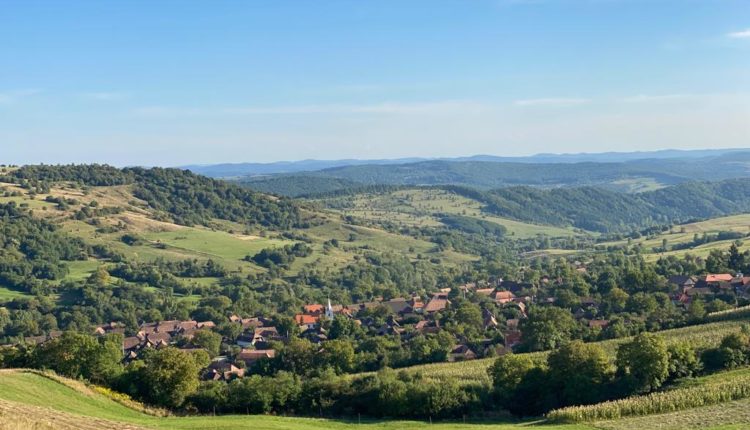PE VALEA NIRAJULUI, ISTORIA VORBEȘTE CU OAMENII
Puține sunt locurile Mureșului atât de încărcate de istorie cum este Eremitu. Ceea ce nu veți vedea în alte părți este castrul roman de la Călugăreni, întins pe două hectare. Aici se poate observa unul dintre siturile de importanță majoră ale județului. Veți vedea urme clare ale perioadei în care acesta era locul de apărare a Văii Nirajului, pentru că pe aici treceau marile drumuri comerciale ce ieșeau din Imperiul Roman și mergeau către zonele locuite de barbari. La Călugăreni există și așa-numitele capsule ale timpului, în care istoria vă e povestită cu de-amănuntul, într-un spațiu ce vă dă fiori, însă și o stare de bine.
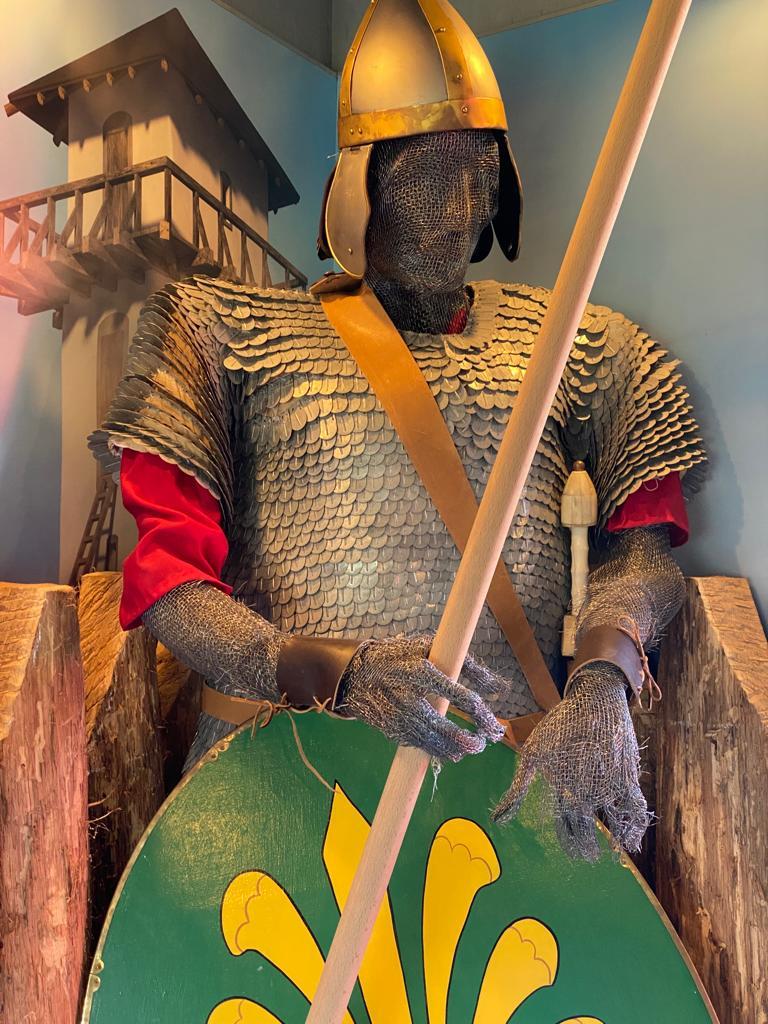
Foarte aproape este și biserica monument a mănăstirii franciscane, ai cărei călugări au venit în secolul al XVII-lea și unde se află cavoul monahilor și al familiilor nobiliare sprijinitoare ale bisericii.
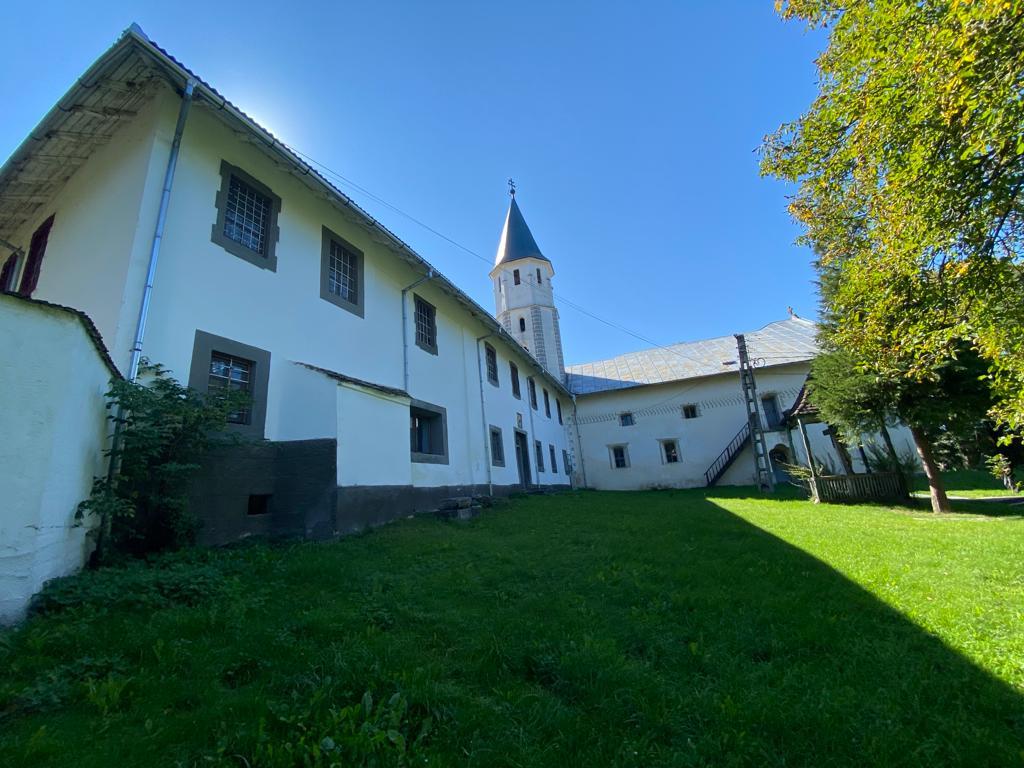
Ceea ce trebuie să gustați aici, fără putință de refuz, este un desert ale cărui obârșii unii le duc înspre Viena. Acolo, în vremea Imperiului, ar fi apărut Germknödel, umpluți cu un fel de dulceață de prune. Pe la noi li se spune mai degrabă SZILVÁS GOMBÓC.

Eremitu are și Câmpul Cetăţii. Aici ajunge și de aici se întoarce spre Sovata atât de iubita mocăniță. Ea urmează linia ferată îngustă, începută în 1912. Locomotiva este una din cele două, aflate în România, din totalul de zece construite în Polonia, la fabrica din Chrzanowo, și ea e cea care vă duce, cu abur făcut din cărbune și lemn de esență tare. Dar dacă are o faimă de netăgăduit Câmpul Cetății, aceea este datorată, zice-se, celui mai bun păstrăvcare se mănâncă în Ardeal.
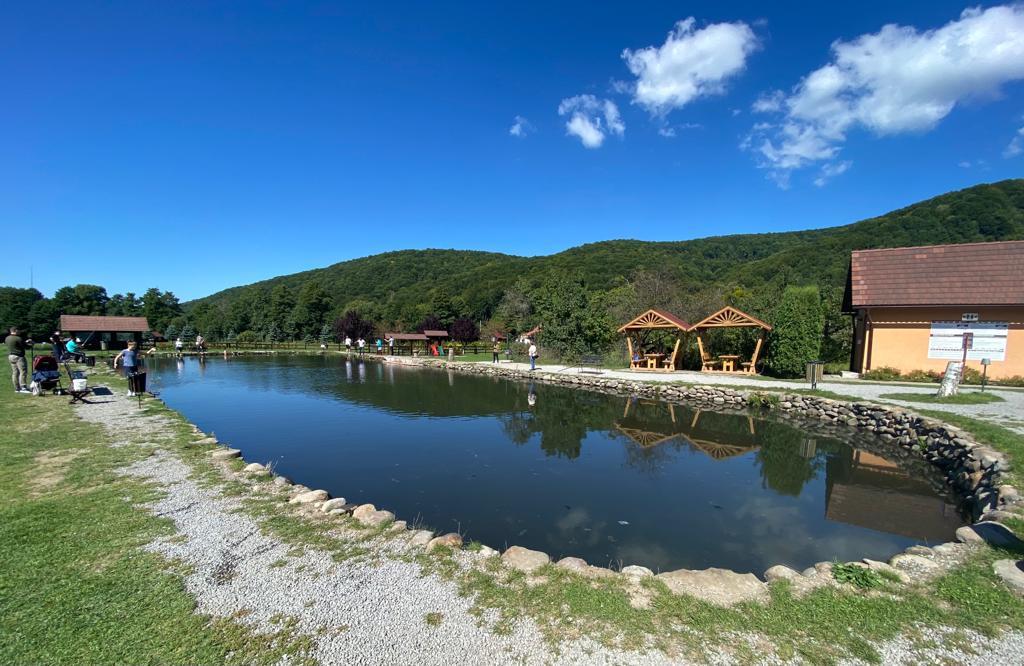
Poți chiar tu să-ți prinzi peștele sau, dacă nu, să-l iei gata făcut, cu toate secretele bine ascunse ale mirodeniilor numai aici știute. Nu puteam ca în Eremitu să mâncăm în altă parte decât la Câmpul Cetății și nici să vă arătăm altceva decât PĂSTRĂVUL CU MUJDEI ȘI BOIA.
Se spune că, în vremuri de demult, călugării din Măgherani au fost atacați și au pus comorile în clopotul bisericii, după care le-au dat drumul într-o fântână, spre furia răzbunătoare a atacatorilor. Cu povestea asta în amintire, urcăm până la 1080 de metri. Atât măsoară renumitul Vârf Becheci din Munții Gurghiu. Aici a fost o cetate și apoi o capelă, distrusă prin secolul al XVIII-lea, refăcută acum cu hramul Sfânta Cruce, la care se ajunge pe un drum în zig zag. Privit de sus, este unul dintre cele mai frumoase locuri din România.
Este asemeni gusturilor copilăriei, ce rămân acolo unde ni le-au lăsat ai noștri. Un desert de prin părțile astea de lume, pe care vă invităm să-l încercați neapărat, poartă numele de MĂLAI DULCE CU LAPTE.
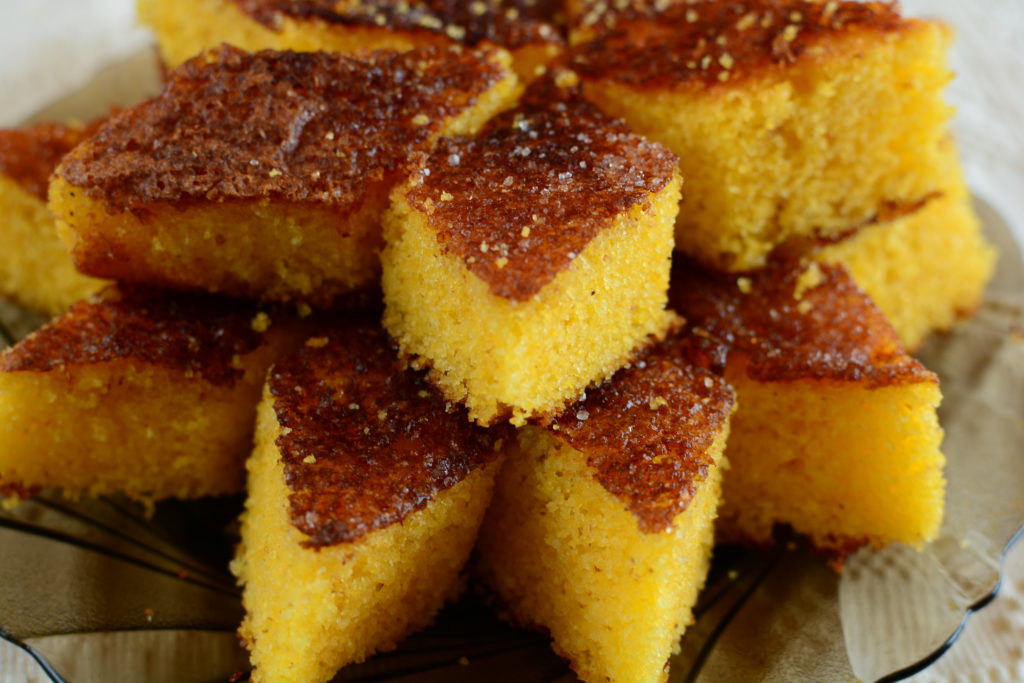
Conacul de la Păsăreni, lucrat în stil baroc, cu o prispă cu trei coloane și două intrări cu arcade, este astăzi sediul administrației locale, protejat fiind astfel de uitare.
În Sovata, sarea „trăiește” bine cu pământul și cu pădurea. E ceva rar întâlnit prin alte părți, unde salinitatea alungă orice urmă de viață verde. Cine n-a auzit oare de Lacul Ursu? Înainte însă de a-l revedea, amintiți-vă că este cel mai mare lac sărat heliotermal din România. Se spune că aici era cândva un munte de sare. Pâraiele au făcut în el un hău mare, umplut, cam în cinci ani, cu apă multă, într-un loc având formă de blană de urs, cu o adâncime de până la 18 metri. Apa care nu îi trebuie „marelui Urs” e trimisă Lacului Aluniș, aflat la vreo 60 de metri de fratele său mai mare.
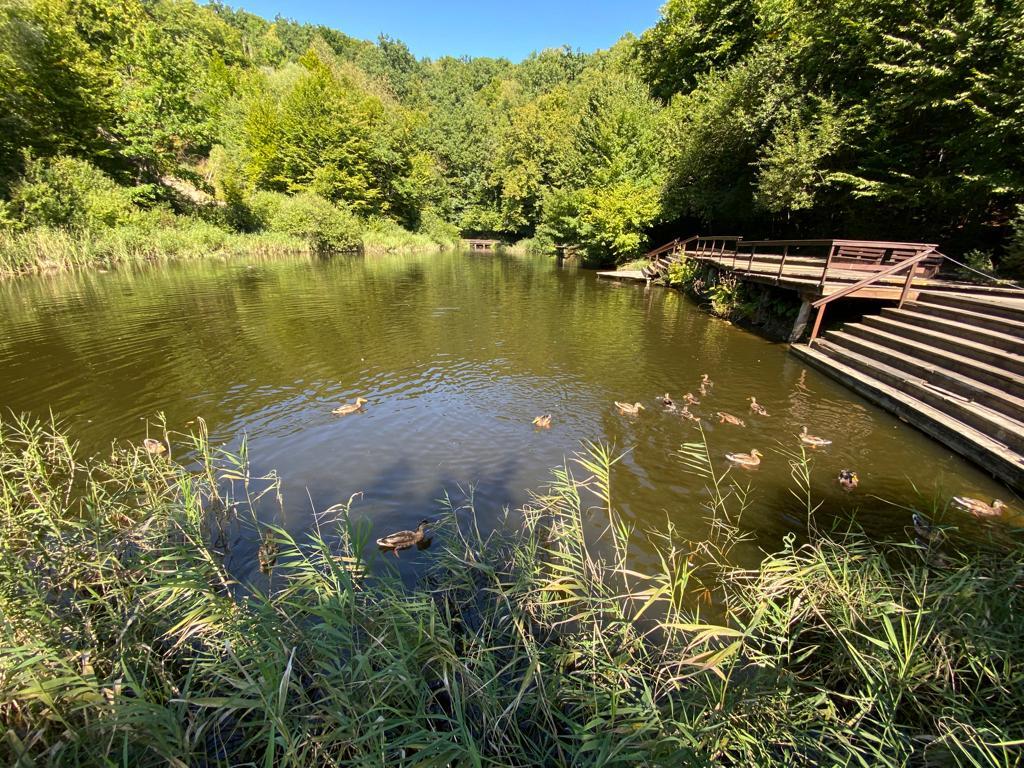
Aproape mai sunt și Lacurile Roşu și Verde, care au apărut pe fața pământului prin dizolvarea sării de pe munte. Apele și ploile au adus la lumina zilei un fel de blocuri albe, cu mii de șanțuri separate de creste: Muntele de Sare. Pe lângă Lacul Ursu, am mâncat ceva divin. Cuvintele îl numesc, prea sărace față de o asemenea bunătate, PIEPT DE RAȚĂ ÎN KÜRTŐSKALÁCS.
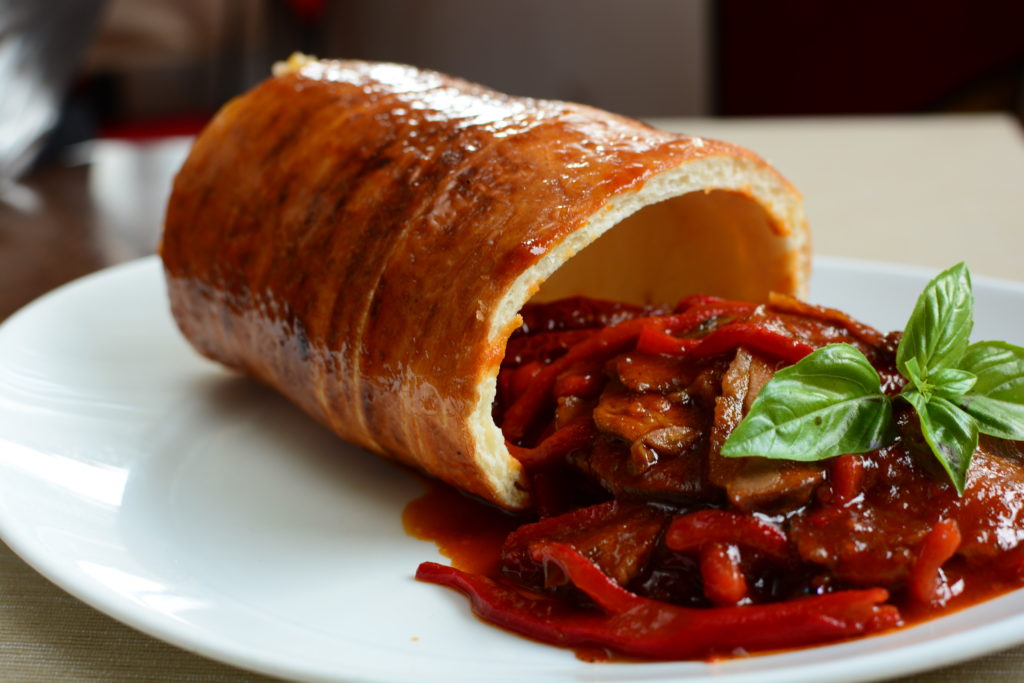
Istoria locurilor din Sărățeni vorbește despre vremuri de demult, când vulcanii mocneau pe culmile Carpaților Orientali iar sarea ajungea, în cantități imense, pe fundul lacurilor din Depresiunea Transilvaniei. Pământul s-a mișcat și, spre cer, au început să se înalțe, semeți, munți întregi de sare. După atâtea povești cu sărături, am căutat la Sărățeni, în fine, ceva dulce. Și mare ne-a fost bucuria când am găsit așa-numitele ARANYGALUSKA.
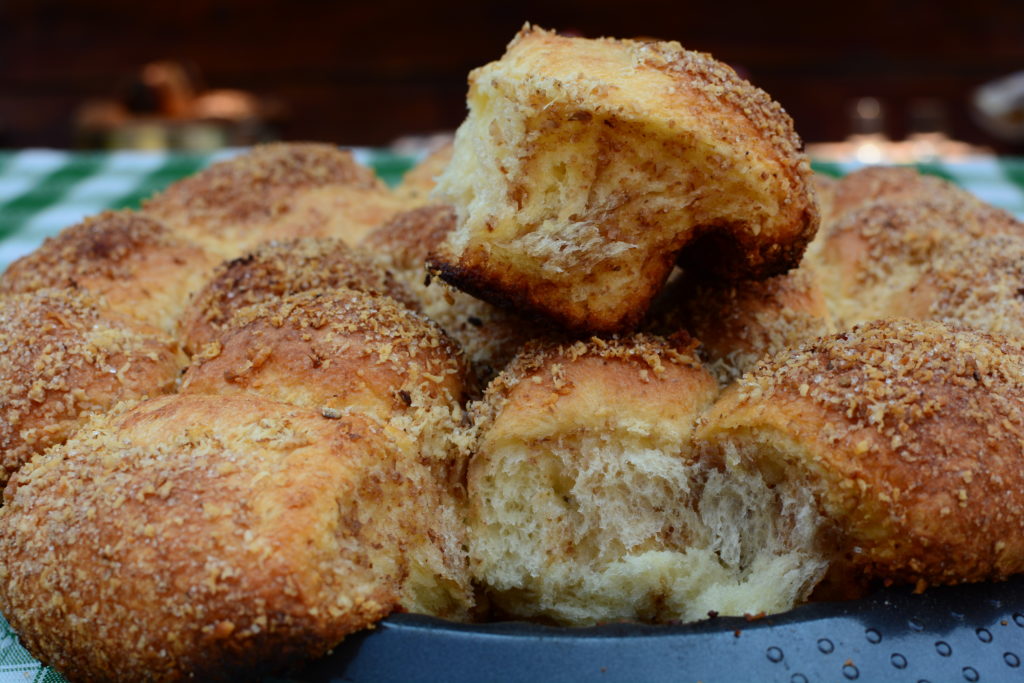
Oamenii din Miercurea Nirajului au fost, și în trecut, căutători de carte și se spune că un călugăr le preda aici copiilor scrisul, număratul şi cititul, încă de la 1332. În 1606, Miercurea Nirajului avea deja şcoală cu dascăl.
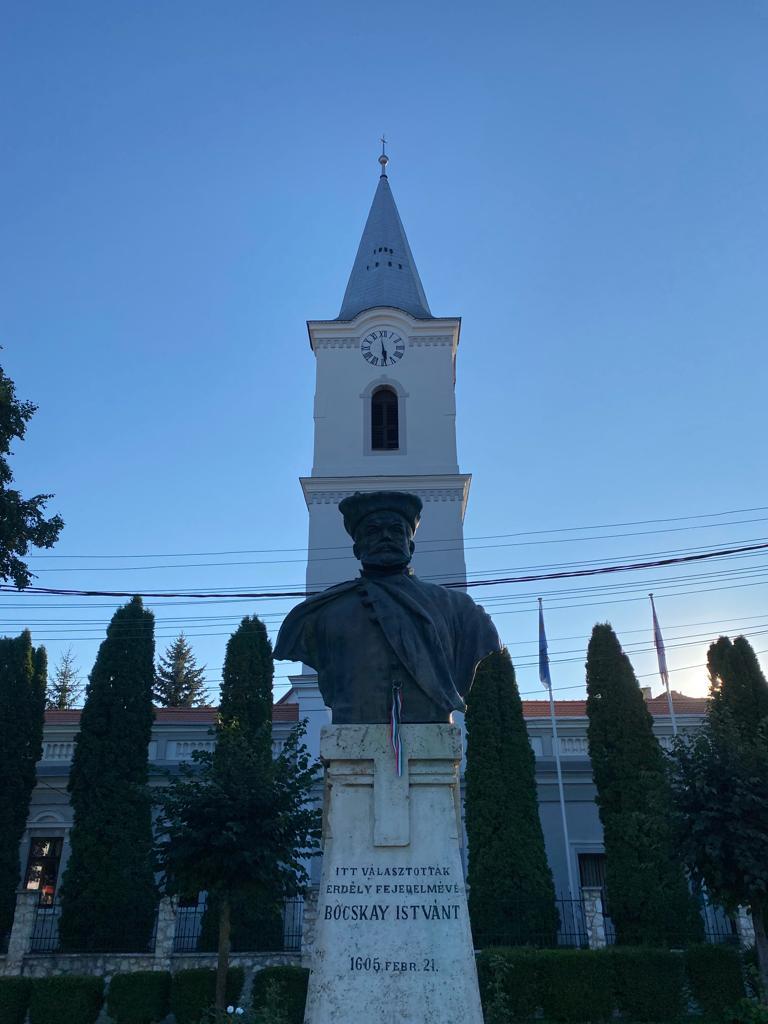
La Miercurea Nirajului, oamenii știu să vorbească și în jurul mesei despre vremuri care au fost. Aici am aflat că, în vechime, oamenii făceau supele mai acrișoare, dar tot supe le numeau, nu ciorbe. Așa este și SUPA DE MERE CU OASE DE PUI.
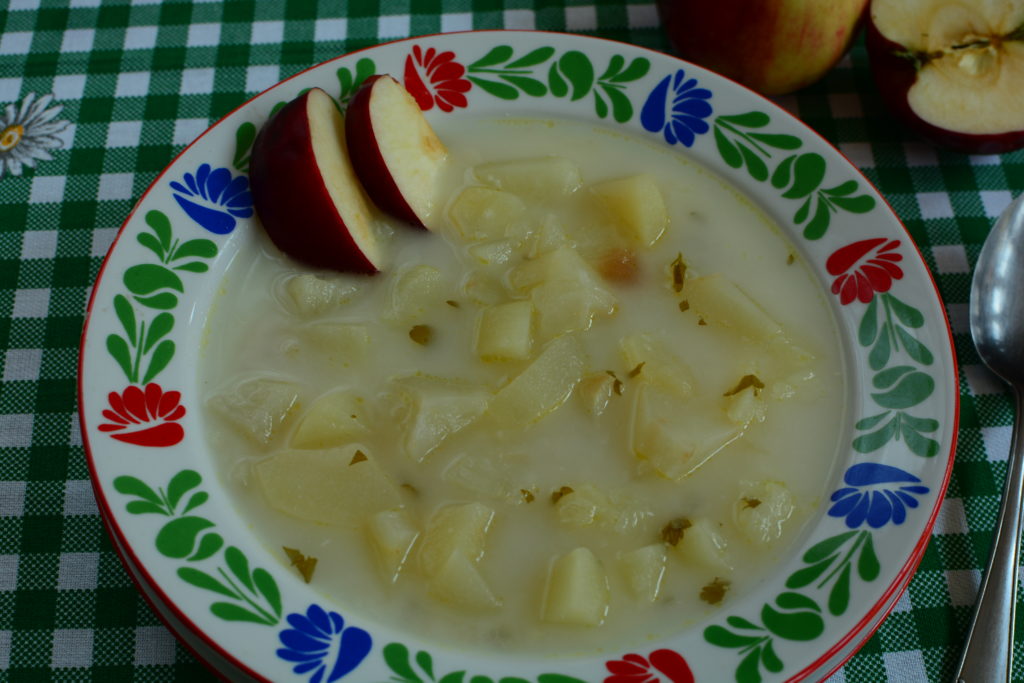
Maros megyében kevés olyan történelemmel tele hely van, mint Nyárádremete. Amit máshol nem látni, az a mikeházai római tábor, amely két hektáron terül el. Itt a megye egyik legfontosabb helyét tekintheti meg. Látni lehet annak a korszaknak a nyomait, amikor ez a hely volt a Nyárád-völgy védekezési helye, mert itt haladtak el a nagy kereskedelmi útvonalak, amelyek a Római Birodalomból a barbárok által lakott területekre vezettek. Mikeházán találjuk az úgynevezett időkapszulákat is, amelyekben a történelmet részletesen elmesélik, egy olyan térben, amely borzongást, de jó közérzetet is okoz.
Nagyon közel van a ferences kolostor műemlék temploma, amelynek szerzetesei a XVII. században jöttek, és ahol a templomot támogató szerzetesek és nemesi családok sírja található.
Amit itt visszautasítás nélkül meg kell kóstolni, az egy desszert, amelynek eredete Bécsbe vezet. Ott, a Birodalom idején Germknödel név alatt jelent volna meg, egyfajta szilvalekvárral megtöltve. Nálunk SZILVÁS GOMBÓC-ként tartják számon.
Nyárádremetéhez tartozik Vármező is.Ide érkezik, és innen tér vissza Szovátára, a nagyon szeretett kisvonat. Az 1912-ben megkezdett keskeny nyomtávú vasutat követi. A mozdony egyike a kettőnek, amelyek Romániában találhatók, Lengyelországban, a Chrzanowo gyárban összesen tíz ilyen mozdony készült, és ez az, amely szénből és fából származó gőzzel húzza a vonatot. kemény esszencia. De Vármező tagadhatatlan hírneve, azt mondják, a legjobb pisztrángnak köszönhető, amelyet Erdélyben fogyaszthatnak. Bárki kifoghatja a saját halát a neveldéből, vagy készen megvásárolhatja, a fűszerek jól elrejtett titkával, amelyet csak itt ismernek. Nyárádremetén nem ehettünk máshol, csakis Vármezőn, és nem tudtunk mást mutatni, mint a fokhagymás szószós piros paprikás pisztrángot.
Azt mondják, hogy a régmúlt időkben a nyárádmagyarósi szerzeteseket megtámadták, és a kincseket a templom harangjába rejtették, majd leengedték egy kútba, a támadók bosszúálló dühére. Erre a történetre emlékezve mászunk fel 1080 méterre. Ekkora magas a Görgényi havasok híres Becheci csúcsa. Itt egy erődítmény volt, majd egy kápolna, amelyet a XVIII. században leromboltak, most a Szent Kereszt segítségével újraépítettek, egy cikcakkos úton lehet megközelíteni. Fentről nézve Románia egyik legszebb helye. Olyan ez, mint a gyermekkori ízek, amelyek ott maradnak, ahová a mieink betáplálták. A világ ezen részeiről származó desszert, amelyet mindeképp ki kell próbálni, a TEJES ÉDES KUKORICAMÁLÉ.
A barokk stílusban megépített backamadarasi kúria, három oszlopos tornáccal és két boltíves bejárattal, ma a helyi közigazgatás központja, így a feledésbe merüléstől védve van.
Szovátán a só békében „él” a földdel és az erdővel. Ez ritkán fordul elő más részeken, ahol a sótartalom elűzi a zöld élet nyomait. Ki ne hallott volna a Medve -tóról? De mielőtt újralátnánk, jusson eszünkbe, hogy ez Románia legnagyobb heliotermikus sótava. Azt mondják, hogy régen itt sóhegy volt. A patakok nagy lyukat fúrtak bele, és körülbelül öt év alatt sok vízzel telt meg, egy helyen medvebunda alakú volt, 18 méter mély. Azt a vizet, amelyre a „nagy medvének” nincs szüksége, a Mogyorósi-tóba küldi, amely körülbelül 60 méterre van a bátyjától. A közelben van még a Vörös és Zöld tó, amelyek a só feloldásának következtében jelentek meg a föld felszínén. A vizek és az esők egyfajta fehér tömböket hoztak napvilágra, több ezer árokkal elválasztott gerinceket: a Sóhegyet. A Medve-tó mellett valami istenit ettem. A szavak túl szegényesen fejezik ki ezt a finomságot, RÉCEMELL KÜRTŐSKALÁCSBAN.
A sóváradi helyek története régmúlt időkről beszél, amikor a Keleti Kárpátok csúcsain vulkánok lobogtak, és hatalmas mennyiségű só került az Erdélyi medence tavainak fenekére. A föld megmozdult, és az ég felé büszkén, magas sóhegyek emelkedtek. A sok sós történet után végre valami édeset is kerestem Sóváradon. És nagy örömünkre szolgált, hogy megtaláltuk az úgynevezett ARANYGALUSKÁT.
A nyárádszeredai emberek régebben is könyvkedvelők voltak, és azt mondják, hogy egy szerzetes már 1332 óta tanította az itteni gyerekeket írásra, számolásra és olvasásra. 1606-ban Nyárádszeredának már volt iskolája tanítóval együtt. Nyárádszeredában az emberek az asztal körül is tudnak a régi időkről emlékezni. Itt tudtam meg, hogy régebb a leveseket savanyúbbra készítették, de akkor is levesnek nevezték őket, nem csorbának. Ilyen a csirkecsontra főzött almaleves is.
Few places in Mures are as full of history as Eremitu. What you will never see in other places is the Calugareni roman camp (castrum) which is two hectars wide. Here you can observe one of county’s most important hystorical sites. You will be able to seeclear traces of the period when this site used to be the defending point of Nirajului Valley, because this was the home of the great commercial roads that exited the Roman Empire and continued to the areas enhabited by the barbarians. In Calugareni you will find the so called time capsules, which can tell you a detailed story of history, in a spine-chilling area, as well a state of wellbeing.
Very near you can find the monumental church of the franciscan monastery, which was enhabited by the monks from the 17th century and where you cand find the resting place or the vault of the monks as well as the nobility’s families which supported the church.
What you should taste here, without the posibility of refusal, is a dessert which, some people say, originates in Wien. There, on the times of the Empire, the Germknödel would have appeared, a sort of dessert that is filled with plum jam. In this area it is rather called SZILVÁS GOMBÓC.
In Eremitu you can find Campul Cetatii as well. The much beloved mocanita has it’s destination here and from here it returns to Sovata. Mocanita follows the narrow railway, built in 1912. It’s locomotive is one of the two of it’s kind located in Romania, of the total ten buit in Poland at the Chrzanowo factory, and this locomotive is the one which will take you, using steam produced by coal and hard essence wood. But if Campul Cetatii has a well known fame, that is because it is known that you can eat the best trout in all of Ardeal. You can catch your own fish or, if you prefer, you can buy it already cooked, with all the hidden secrets of the spices that onky are known in this area. We could not find a better place to eat in Eremitu than Campul Cetatii or show you anything else that GARLIC SAUCE AND PAPRIKA TROUT.
They say that, in the old days, the Magherani monks were under attack, so they hid all their treasures in a church bell and then they released that bell into a water fountain, much to the venging fury ot their attackers. Bearing this story in mind, we climb to the altitude of 1080 meters. That is how much the renown Becheci Top of the Gurghiu Mountains measure. On this top there used to be a citadel and, later, a chapel which was destroyed in the 18th century and rebuilt bearing the name Saint Cross Temple, which can be reached by following a zig-zagged road. Seen from above it is one of the most beautiful places in Romania. You can resemble this with the tastes of childhood, a feeling that stays where our ancesters have left it. A desserts from this part of the world, which we invite you to taste, bears the name of SWEET CORN WITH MILK.
The Pasareni Mansion, built in a baroc style having a three column porch and two arcaded entrances, is today the home of the local administration and thus is protected from oblivion and degradation.
In Sovata, salt is in very good cohabitation with the earth and forest. It is a rare occurance in other parts because the saltiness banishes all forms of green life. Who hasn’t heard of Lake Ursu? Before we see it again, you should remember that it is the largest salted heliothermal lake in Romania. They say that, a long time ago, in this place there was a mountain of salt. The streams digged a big hollow in the mountain which was filled with alot of water, over the course of five years, in a place that had a shape of a bear’s skin, and had a depth up to 18 meters. The water that de „big Bear” doesent need is sent to teh Alunis Lake, situated at around 60 meters from it’s big brother. Near from these lakes we have the Red and Green Lakes, which were born on the face of the earth from the salt of the mountain that was dissolved. The waters and the rain brought to light some sort of white blocks, with thousands of ditches separated on the peaks: The Salt Mountain. Next to the Lake Ursu we have tasted something divine. Words can’t do it justice to this incredibly tasty DUCK BREASTS IN KÜRTŐSKALÁCS.
The history of Sărățeni speaks of old times, when volcanoes smoldered on the peaks of the Oriental Carpathians and the salt reached immense quantities on the bottom of the Transylvania Depression. The earth moved and whole mountains made of salt began to tower above in pride. After all these salt-related stories, we lastly search for something sweet in Sărățeni. Our joy was great when we found the so-called ARANYGALUSKA.
People in Miercurea Nirajului have been in the past book searchers and the story tells that a monk would teach children from here writing, counting and reading even as early as 1332. In 1606, Miercurea Nirajului already had a school with a teacher. In Miercurea people can talk also around the table about passed times. It is here where we found out that in ancient times people would make soups sourer and still called them that, and not broth. This is also the case of the APPLE SOUP WITH CHICKEN BONES.

